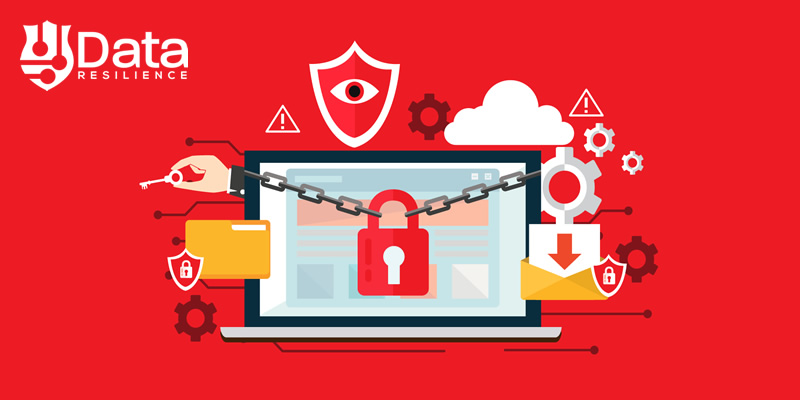Today’s Information Age has been marked with technological advancements and digital innovations with data relevance that is the archetype of this genre. But with digitization, security measures were also given outstanding importance and came to be relied upon heavily in case of data security being taken for a ride and offensive data breaches coming to the fore.
Sensitive data could be employee data, customer payment information or strategies for business liaisons that put organizations at an ever-increasing risk and needs to be protected at every turn.
Identifying data sets is a continuous job with new data being produced every day, so sensitive data is ever-changing that requires constant monitoring. Ideally a company should be able to see how data moves from system to system to understand the origin of sensitive data. It is not without reason that companies leverages tools to mandate data discovery. Data discovery tools track sensitive data.
Data discovery tools are an ingenious software that concerns us regarding data security. Data security can take any of these statuses. At rest, in transit or in use. The persons who are accessing the data could be residing anywhere within the firewall or outside it. Data has a life-cycle which is documented based on whether it is a draft, published, archived or has it seen its last days.
The labels are also very informative and in essence are embedded keywords that seek to prevent non-compliance and help prevent data leakage. This is so to prevent data from getting corrupt because our boundaries have become very vague with cloud and collaboration that has made security much more relevant in today’s landscape.
A Three-tiered classification can differentiate between sensitive data and non-sensitive data to secure business end-points. Each tier of data includes:
Restricted:
Highly secure piece of data that can incur a hefty sum if compromised and requiring the highest level of security with access for employees to be given selectively.
Private:
Moderately sensitive data that required fewer controls and poses a relatively lower risk and necessitates lower security controls.
Public:
Non-sensitive data that portrays no risk at all and requires no protection and no restrictions on access of this type of data.
Data Loss Protection (DLP) is a tool to classify and protect confidential and critical information so that it is not shared with the outside world which puts the organization at risk. An employee disclosure at this juncture will endanger the security of the organization with employee behaviors increasing the risk of data leakage.
Increase Password Strength:
Most security fall-outs are due to weak passwords that are giving scammers enough room to latch on to these passwords without much struggle. It is better if you could accept training and organizations must roll-out a defensive password management application.
Secure BYOD:
Bring Your Own Device to the organization and engaging work from your mobiles is a holistic approach to productivity and should be encouraged but with timely policies such as installation of antivirus software and limiting free downloads. Take preventive steps in sensitive data being accessed and stored on mobiles.
Formulate a Plan to prevent a data breach:
When nature of data is sensitive, there exists a lot of cyber criminals. One thing is sure that there is no such thing as a fully safe system that cannot be compromised. Hence it is prudent to beef up security measures with a secure data preservation plan and resist a security breach.
For more information, visit www.dataresilience.com.au or drop us a note at [email protected]

